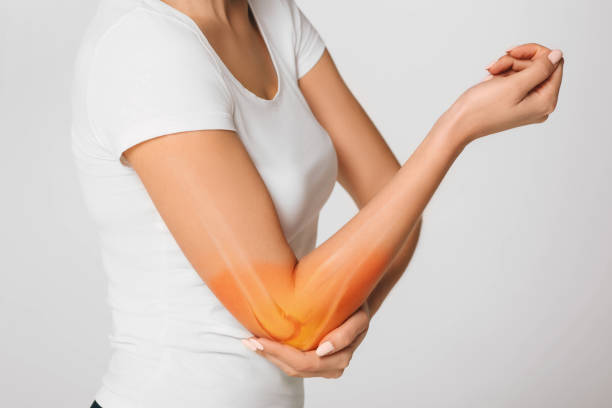On Wednesday, May 15, 2024 from 5:30pm - 6:30pm, we are hosting a FREE Foot Pain Workshop [ Online
] - Click here for more info
July 27, 2023

Part 1 of “Understanding Tendon Issues” went into detail on the differences between more acute inflammation vs. chronic irritation to the tendon and what is happening on a cellular level. This is important to set the stage because the treatment can be different based on which phase your tendon issue is in, and expectations on how long it will take to heal is different based on how long you have been dealing with the issue.
For more acute and brand-new tendon irritation, it may respond better to techniques such as ice or heat, rest and recovery techniques, activity modification, review of form and technique and then gradual progression back to regular activity levels. For chronic, tendinosis, issues, a plan that involves eccentric loading to help re-establish vascularization is going to be needed to help with pain. In both situations, it is important to determine the root cause of the problem (why did this tendon get irritated – be it acutely or chronically) to begin with and fix the problem at that level to ensure this will not return in the future. Because majority of people do have a form of tendinosis vs. tendonitis, we are going to focus on eccentric loading for the rest of this article.
Eccentric loading is a therapeutic technique that has shown great promise in the treatment of tendinosis, a common condition characterized by degenerative changes in the tendons. This technique involves lengthening the tendon while it is under tension, specifically during the lowering phase of an exercise. While eccentric loading may initially seem counterintuitive, it offers several benefits for individuals suffering from tendinosis.
One of the primary benefits of eccentric loading is its ability to stimulate tendon remodeling and repair. Tendinosis is often associated with disorganized collagen fibers and weakened tendon structure. Eccentric loading puts controlled stress on the tendon, promoting the realignment of collagen fibers and stimulating the production of healthy tendon tissue. This remodeling process helps restore the strength and integrity of the tendon, facilitating healing and reducing pain.
Eccentric loading has been found to enhance the load-bearing capacity of tendons. By subjecting the tendon to progressive and controlled eccentric loads, it can adapt and become more resilient over time. This increased load-bearing capacity not only improves the function of the affected tendon but also reduces the risk of reinjury or further degeneration. Another benefit of eccentric loading is its ability to improve muscle-tendon coordination and restore proper movement patterns. Tendinosis often leads to alterations in muscle activation and coordination, which can contribute to ongoing pain and dysfunction. Eccentric loading exercises can help retrain the muscles involved, promoting optimal activation and coordination during movement. This improved muscle-tendon interaction reduces stress on the tendon and promotes more efficient movement, ultimately aiding in the recovery process.
Eccentric loading has also been shown to stimulate the production of growth factors and increase the blood supply to the affected tendons. Growth factors play a vital role in tissue repair and regeneration, promoting the recruitment of cells responsible for collagen synthesis and tissue remodeling. The improved blood supply ensures the delivery of oxygen and nutrients to the injured area, facilitating healing and supporting the overall recovery process.
In conclusion, eccentric loading has emerged as an effective and beneficial therapeutic technique for individuals with tendinosis. By promoting tendon remodeling, improving load-bearing capacity, enhancing muscle-tendon coordination, stimulating growth factors, and providing a non-invasive treatment option, eccentric loading offers a valuable tool in the management and recovery from tendinosis.
The team at New Life Physical Therapy specializes in being able to establish programs for eccentric loading while also diving deeper into root cause. Healing the tendon and removing the external stress to the tendon will be key for success and decreased risk of recurrence in the future. Reach out to request an initial evaluation to determine how we can help guide you on a path to succeed in doing all of life’s important things.